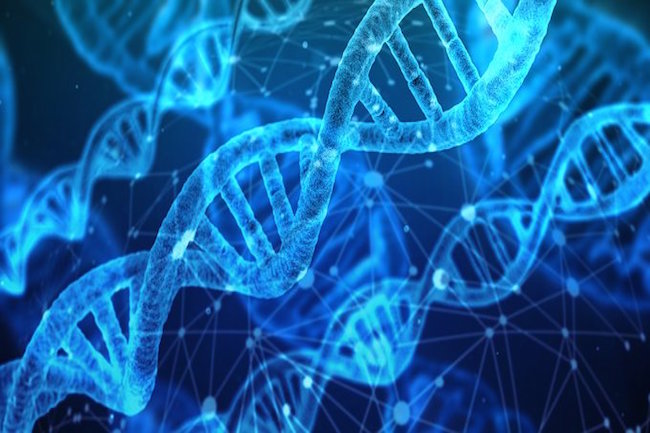Top Medical Journal Caught in Massive Cover-Up by Dr. Joseph Mercola for Mercola
Does the origin of SARS-CoV-2 matter? Yes, it does. The reason it matters is because if the virus responsible for COVID-19 and the subsequent response to it came from a lab, then we need to reassess the future of so-called gain-of-function research that allows for the weaponization of viruses.
As you might expect, there’s big money involved in this kind of research, so it shouldn’t come as a surprise that vested interests would try to cover up its origin, were it indeed a lab creation, simply to protect their funding and future careers.1 What’s surprising, however, is the finding that a top medical journal appears to have aided and abetted efforts to hide SARS-CoV-2’s origin.
Top Medical Journal Caught in Massive Cover-up
According to Alina Chan, a molecular biologist at the Broad Institute of Harvard and MIT, SARS-CoV-2 has not evolved in the manner you’d expect had it jumped from an animal to a human.
Support Our Site

Now is your chance to support Gospel News Network.
We love helping others and believe that’s one of the reasons we are chosen as Ambassadors of the Kingdom, to serve God’s children. We look to the Greatest Commandment as our Powering force.
It sprang into action fully evolved for human transmission, leading Chan to conclude that the missing intermediate phase of evolution from animal to human transmissibility must have taken place in a lab. Chan published her theory,2 “SARS-CoV-2 Is Well Adapted for Humans. What Does This Mean for Re-Emergence?” on the preprint server bioRxiv May 2, 2020.
But there’s more, much more, as it now appears the top medical journal Nature has allowed authors to secretly alter data sets in their papers without publishing notices of correction.
Chan Questions Scientific Sequence of Events
In an extensive October 25, 2020, Twitter thread,3,4 Chan lays out an intriguing timeline in which she details key publications related to the origin and genetic sequencing of SARS-CoV-2.
“Even today, I still hear people saying that SARS-CoV-2 came from pangolins and a Seafood market in Wuhan. I hope this analysis will help to clear things up. It will refresh us on significant early pandemic events and major publications discussing the origins of the virus,” Chan writes.5
In her Twitter thread, Chan goes through the sequence of scientific papers published relating to SARS-CoV-2, showing how a small group of researchers have been involved in writing key papers that describe the original data on either bat or pangolin coronaviruses that are closely related to SARS-CoV-2.
Below is a summary of that timeline. I’ve also included one of Chan’s many graphs at the end that visually illustrates these details. Of particular note is the cross-publication by certain authors.
If you find the whole thing confusing, you’re not alone. It is complex (and it almost feels like it’s meant to be so muddled that people won’t be able to figure out the truth), but if you really want to dig into the details, I recommend carefully going through Chan’s Twitter thread6 where you have both graphic illustrations and text walking you through each twist and turn.
The Timeline
October 24, 2019, the first key paper7 was published in the journal Viruses. The authors were Ping Liu, Wu Chen and Jin-Ping Chen. December 12, 2019, the first cases of COVID-19 were reported, and January 12, 2020, the first SARS-CoV-2 genome sequence was published.




